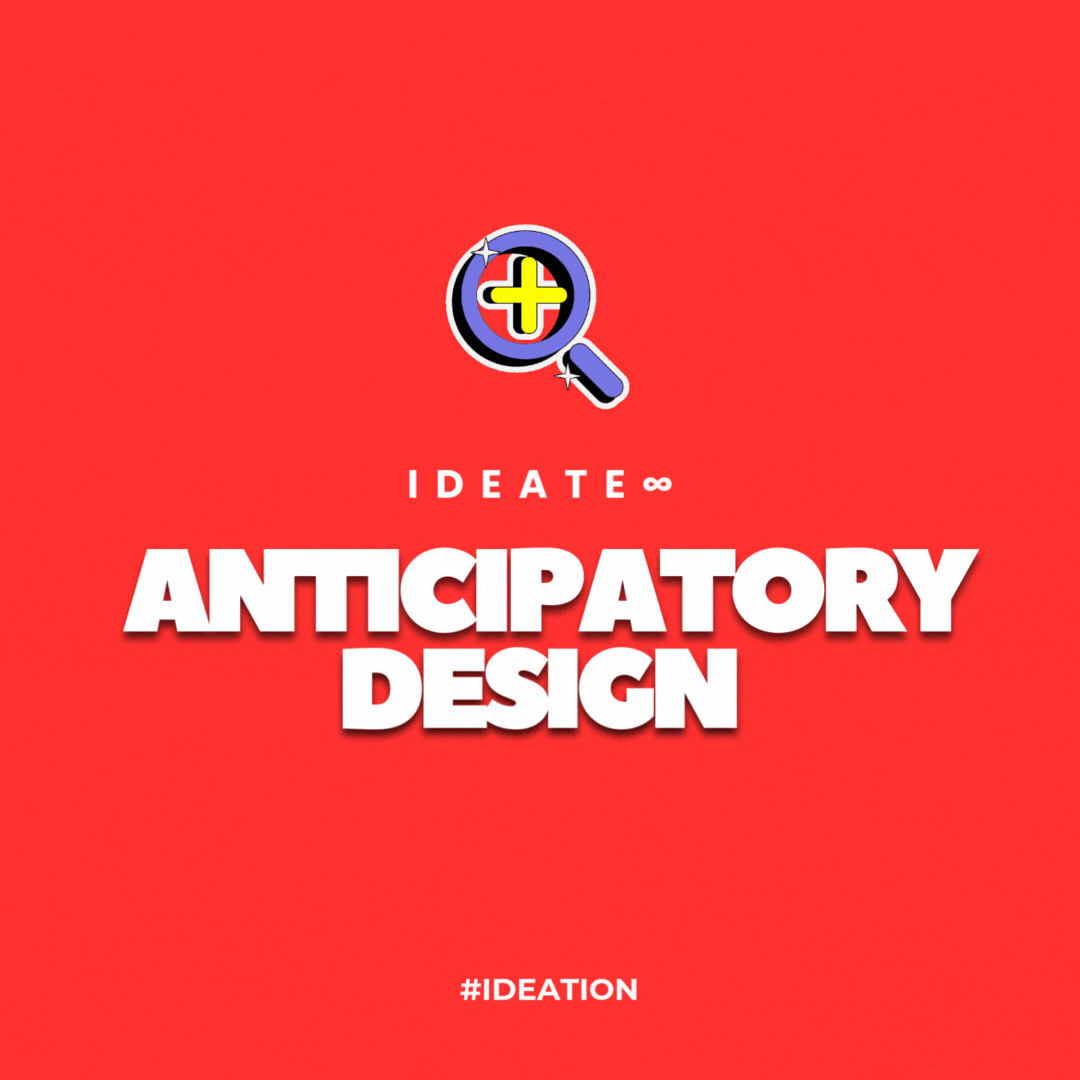Anticipatory Design: Innovating Backwards from the Future
Introduction
Most corporate innovation programs start by analyzing the present—existing products, current challenges, recent customer feedback—and then attempt to forecast what’s next. But what if that approach is inherently limiting?
Anticipatory Design, also known as the Future Backwards method, flips the process. Instead of projecting forward from today, it starts with an imagined future—then works backward to define the steps needed to reach it.
At Hangar 75, we use this technique within our IDEATE∞ platform to help enterprise teams move beyond incrementalism and think like true futurists. The outcome: visionary yet grounded innovation strategies that align with long-term goals and avoid the trap of present-day constraints.
What is Anticipatory Design (Future Backwards)?
Anticipatory Design is a strategic foresight technique that begins with a clearly defined desired future state—a scenario in which your company, customers, or industry have achieved something transformative. From that endpoint, teams work backwards to map the critical milestones, enablers, technologies, and decisions that must occur to make that future a reality.
This method allows organizations to:
Break free from present limitations
Reimagine strategic planning as a creative process
Identify innovation needs well ahead of time
Uncover systems-level opportunities and risks
It’s part imagination, part logic, and entirely about engineering tomorrow today.
Why Anticipatory Design Works for Corporate Innovators
Legacy constraints, quarterly pressures, and siloed thinking often trap innovation in a reactive posture. Anticipatory Design elevates the conversation—placing the future at the center and helping organizations reverse-engineer their path to relevance and leadership.
It’s especially useful when:
The future is highly uncertain or rapidly changing
Long-term investments are being considered
Bold transformation is required, not just optimization
Pros of Anticipatory Design
Future-Focused: Encourages long-term thinking beyond immediate priorities
Bold by Design: Frees teams from today’s constraints and assumptions
Vision-Aligned: Links innovation to strategic and societal outcomes
Identifies Milestone Gaps: Clarifies what capabilities or assets are missing
Encourages Systems Thinking: Ideal for complex, interconnected environments
Cons of Anticipatory Design
Requires Skilled Facilitation: Can become abstract without structure
Not Ideal for Quick Wins: Focused on long-term vision, not short-term deliverables
Can Intimidate Participants: Especially those uncomfortable with speculative thinking
Dependent on Leadership Buy-In: Futures thinking needs C-level support to be taken seriously
Must Be Tied to Action: Without follow-through, visions remain hypothetical
Illustrative Example: Designing the Future of Mobility for an Automotive Giant
A leading automotive brand engaged Hangar 75 to explore its role in the mobility ecosystem of 2035—a world shaped by autonomy, electrification, urban density, and climate imperatives.
We started by envisioning a plausible, desired future:
“By 2035, our company is no longer seen as a car manufacturer—but as a sustainable, multimodal mobility provider embedded in every major city.”
From there, using Anticipatory Design, we worked backward:
What infrastructure partnerships would need to exist by 2030?
What technologies (e.g., AI routing, battery ecosystems) must be validated by 2027?
What internal cultural and operational changes must begin now?
What adjacent ventures or acquisitions should happen by 2025?
This process yielded a roadmap of innovation initiatives across product, platform, and policy domains—many of which would not have emerged through a traditional forward-looking approach.
Where Anticipatory Design Fits Within the IDEATE∞ Platform
At Hangar 75, Anticipatory Design is a key module within IDEATE∞’s strategic foresight toolkit. We deploy it during:
Strategic planning offsites
Industry repositioning initiatives
Long-range innovation programs (5+ years)
Societal impact and ESG opportunity mapping
Executive innovation briefings
IDEATE∞ enhances the method with structured prompts, collaborative mapping tools, and AI-generated milestone suggestions based on global trends, emerging technologies, and competitive shifts.
We often pair it with SWOT, Jobs to Be Done, or AI-Augmented Ideation to tie long-term futures to current actions.
The Strategic Role of Anticipatory Design in Innovation Portfolios
This technique is best suited for:
Creating long-term innovation roadmaps
Repositioning your brand or business model
Identifying transformative investments
Developing ESG or purpose-driven innovation strategies
Preparing for systemic market disruption
It complements—but does not replace—short-term innovation techniques. Think of it as the north star guiding everything else.
Final Thoughts: You Can’t Predict the Future—But You Can Design for It
Anticipatory Design allows companies to dream responsibly. By beginning with the end in mind, innovation becomes intentional—not reactionary.
At Hangar 75, we embed this method into long-range client engagements, helping visionary leaders map the future they want—and then mobilize innovation to make it real.
Within IDEATE∞, it’s not just a framework—it’s an engine that transforms foresight into forward motion.
Ready to Unlock Transformational Ideas?
This is just one of the many powerful techniques embedded within IDEATE∞, Hangar 75’s enterprise-grade ideation engine. Whether you’re launching a new product, solving complex challenges, or evolving your innovation strategy, IDEATE∞ helps you generate, enrich, and prioritize high-impact ideas—fast.
👉 Explore how IDEATE∞ can be deployed inside your organization.
Schedule a no-risk, personalized demo and discover precisely how IDEATE∞ can drive strategic advantage for your organization.

